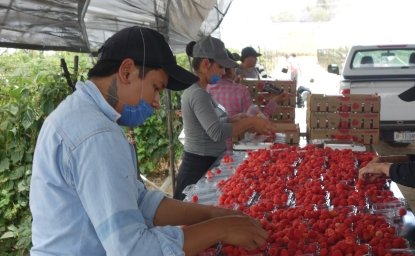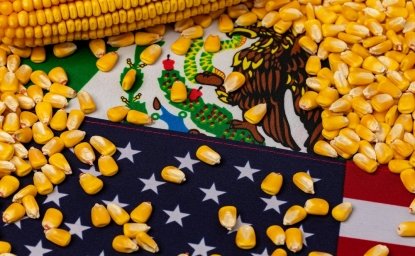Mexico’s total employment in agriculture, including crops and animals, forestry, hunting, fishing and mining and all employers, employees, self-employed and unpaid labor, fell from 71.4% of the Mexican labor force in 1921 to 58.3% in 1950, 25.8% in 1980 and 13.4% in 2010 . Over the past several decades, the farm employment share has continued to decline, but the waged farm workforce has increased in part due to the growth of farm exports.
The overall trend in farm work has been away from a reliance on family labor and subsistence agriculture and towards much greater dependence on wage labor and government and private transfers. Wage income in rural Mexico does not derive mostly from farm work as Mexico’s rural areas urbanize. Most wage jobs in rural areas are in commerce and other services and manufacturing; working for wages on farms is one of several options for rural residents. Mexico’s poorest decile of households, including most farm workers, are the least dependent of all Mexican households on wage income. In the poorest decile, only 38% of household income is from wage labor while, in the second poorest decile, wages provide 53.8% of income. All deciles above the second rely mostly on wages and salaries for most of their income.
Download the full bulletin below.
Author

Professor, CIESAS Occidente; Director, Jornaleros en la Agricultura Mexicana de Exportación

Mexico Institute
The Mexico Institute seeks to improve understanding, communication, and cooperation between Mexico and the United States by promoting original research, encouraging public discussion, and proposing policy options for enhancing the bilateral relationship. A binational Advisory Board, chaired by Luis Téllez and Earl Anthony Wayne, oversees the work of the Mexico Institute. Read more

Explore More
Browse Insights & Analysis
Farm Labor and Mexico’s Export Produce Industry

Water Security at the US-Mexico Border | Part 1: Background

China and the Chocolate Factory


